All-American S’Mores
Sleeping on the ground. Hiking in the rain. Sitting around a fire, too hot on on side and too cold on the other. Camping has its charms, but also its many drawbacks. If you have fond memories of camping as a child though, you likely remember one thing, camping’s great consolation prize: the dessert sandwich we call S’more.
History
A contraction of “Some more,” the recipe first appeared in print in “Tramping and Trailing with the Girl Scouts,” a 1927 hiking and camping guide published by the eponymous organization.

Since then, there have been a number of s’more-descended and similar treats released commercially–Moon Pies, Mallomars–and some unfortunately-named chocolate-coated marshmallow and wafer treats have been sold in Europe since before this guide was published.
It’s hard to say, though, when the practice of toasting marshmallows over a fire and serving them between graham crackers with chocolate bars may have taken root. Graham crackers were invented in the early 19th Century by Alexander Graham, namesake also of the Graham Bread found in some of the earliest known club sandwich recipes. While overall the focus of many of Graham’s practices–vegetarianism and home-baked whole grain breads among them–was nominally healthful living, he also hoped that a diet devoid of excitement would lessen people’s sexual urges. These crackers were thus a terribly wholesome thing to bring along on a girls’ hike.
Chocolate and marshmallows, though, would not have fit into the Grahamite lifestyle. Though marshmallows themselves have a long and largely medicinal history, by the time they’d been introduced to the United States, the marshmallow-making process had been industrialized, and the original base ingredient, a plant root used in ancient Egypt to treat sore throats, had been replaced with gelatin, and the product was intended for confectionary uses, not medicinal ones. Chocolate is made from the pods of the cacao tree, and was used by Mesoamerican cultures for purposes religious, medicinal, recreational, and conventional. However, by the mid-19th century, cocoa cultivation had spread to Asia and Africa as well as central America, and its use as a sweetened confection was universal. S’mores, despite the medicinal background of their individual ingredients, are not health food.
Legacy
Today, many restaurants serve s’more-related desserts as well. Many pizza restaurants will have a s’more dessert pizza on the menu, including Dimo’s in Chicago. Their pizza crust is good, though a bit on the thick side and could stand a bit of char to add texture and flavor. It’s a sturdy and savory base for the marshmallow fluff, chocolate chips and sauce, and golden graham cookies that take it into dessert territory. It’s enjoyable, but a different experience than eating an actual s’more.

S’more pizza from Dimo’s Pizza 
S’more pizza slice from Dimo’s Pizza
That experience might be the campfire smoke, a missing ingredient that other desserts attempt to provide. This sphere of chocolate, served at Prime & Provisions, sits on a bed of graham cracker crumbs. Inside it is vanilla ice cream, burnt marshmallow fluff, and mesquite smoke, released as hot melted fudge is poured over the sphere, melting it.

S’more dessert at Prime & Provisions 
S’more dessert at Prime & Provisions 
S’more dessert at Prime & Provisions
As soon as a hole melted in the sphere, the air around the table was filled with the smell of smoke, convincingly reminiscent of a campfire. I was delighted, finding it an inventive and fun take on the dessert. However, the more I raved about it to people, the more I heard things like, “I saw that on Great British Bake Off!” and “I tried that at Uncle Julio’s–it wasn’t that great.” Perhaps not as inventive as I thought. Still, it was delicious and fun and we plan to go back.
The Real Thing
Though we don’t go in much for camping here at Tribunal HQ, with our firepit just off our back patio and a ready supply of firewood, s’mores are a regular treat for us–I should say, for Mindy and our 12 year old son Ian more than me, as I’m not much of a fan of sweets. This time, though, I partook with them.

Graham crackers 
Chocolate bars 
Marshmallows
Of course building a fire is a skill that many acquire through scouting, camping trips, etc., yet it is also a logical progression that can be deduced from a few basic points. Thin twigs burn more easily than thicker branches or logs, and paper burns easiest yet. Heat rises, but fire consumes oxygen as well as fuel, and needs air to thrive. So by starting with some paper, using it to ignite twigs, then larger twigs, then branches, then logs, and leaving enough room between layers for proper airflow, a small fire becomes a large one in short measure.

Starting a fire 
Starting a fire
Toasting a marshmallow is an art that takes various forms. Some people like to put the marshmallow right into the fire, igniting it, blackening the outside, and quickly melting the inside. Others toast it more slowly, holding it above the fire, browning the skin of the marshmallow and allowing the inside to gradually soften until it droops off the stick. I’m of the latter school.

Toasting marshmallows 
Toasting marshmallows
After the marshmallows are toasted, assembly should be quick. The chocolate can be quite cold and firm, or warmer and softer, though it is more difficult to remove from the wrapping in the latter condition. Even with firmer chocolate, the heat of the marshmallow will help to soften it, though I do prefer to start with chocolate that is warm enough to have softened a bit already.
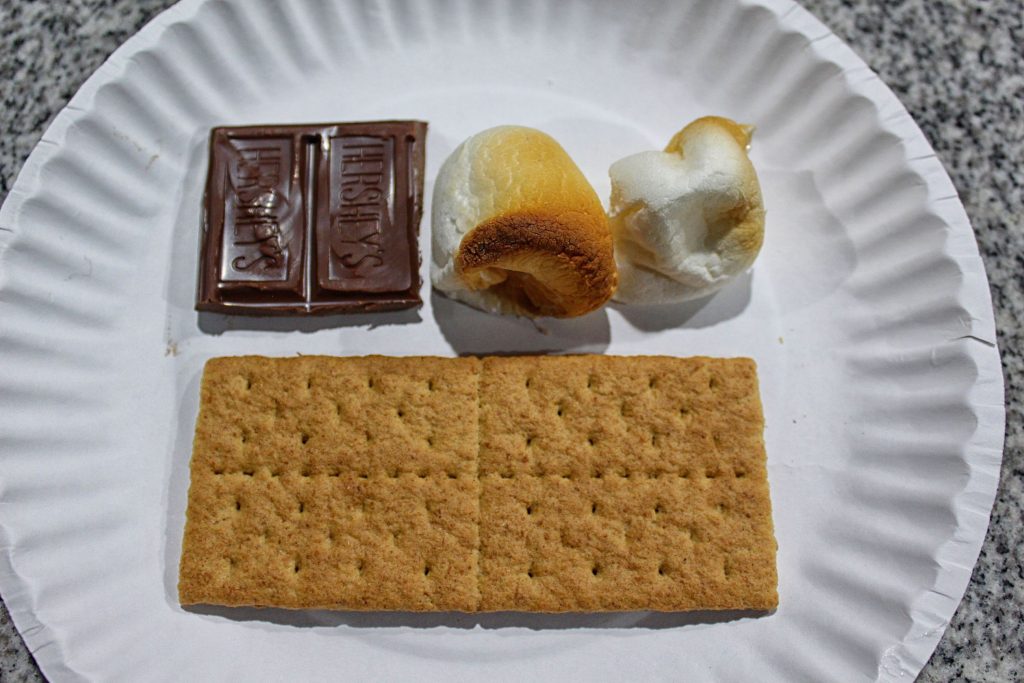
The original recipe calls for 2 pieces of chocolate, but a single square is enough for me. Two marshmallows, and a single graham cracker split in half.
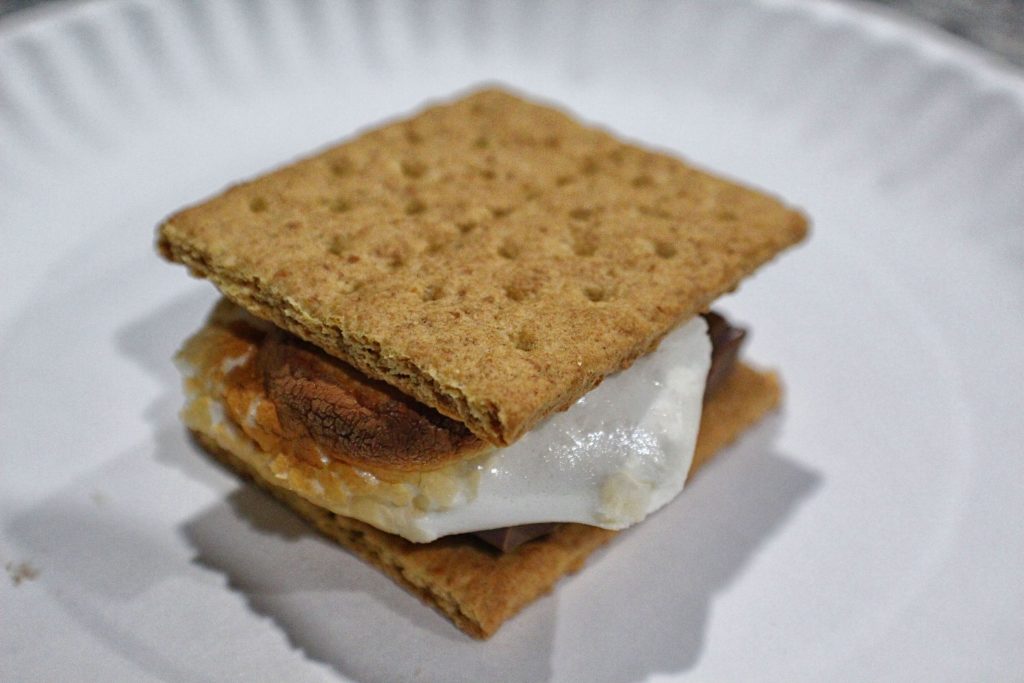
As good as many of the s’more-themed desserts one can get in a restaurant may be, they can’t replace this experience. Sitting in the dark around a fire, toasting one’s own marshmallows the way one likes, and smashing them with some chocolate between two halves of a graham cracker. Of course, I prefer doing it from the comfort of my own patio, but regardless, the gestalt is the thing, the feeling of roughing it, of taking humble ingredients and fire and making something delicious.

I like sandwiches.
I like a lot of other things too but sandwiches are pretty great


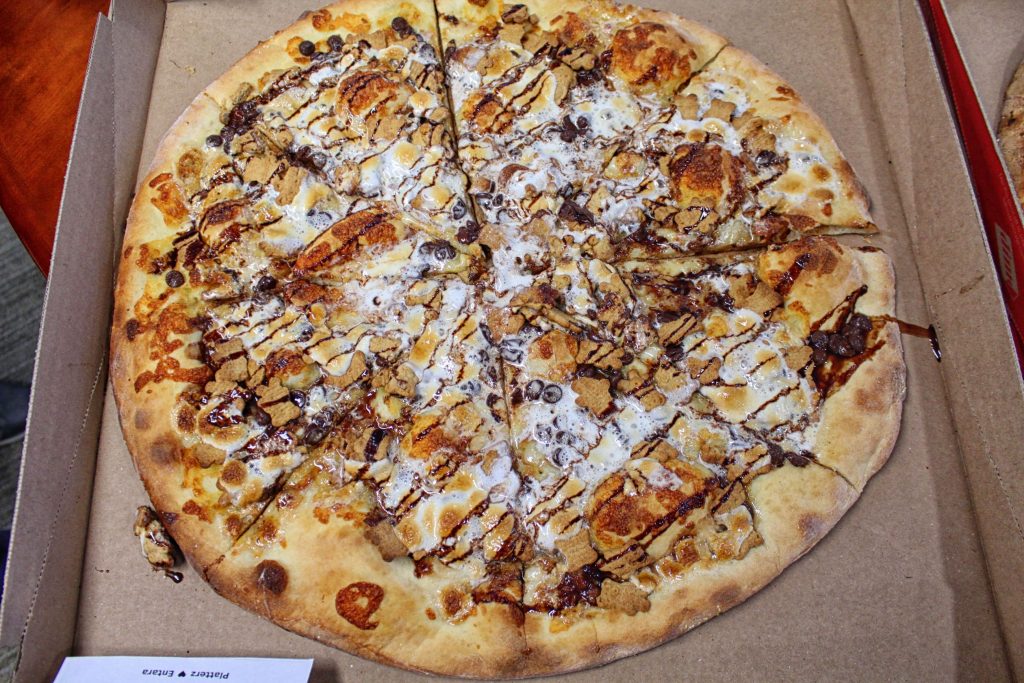
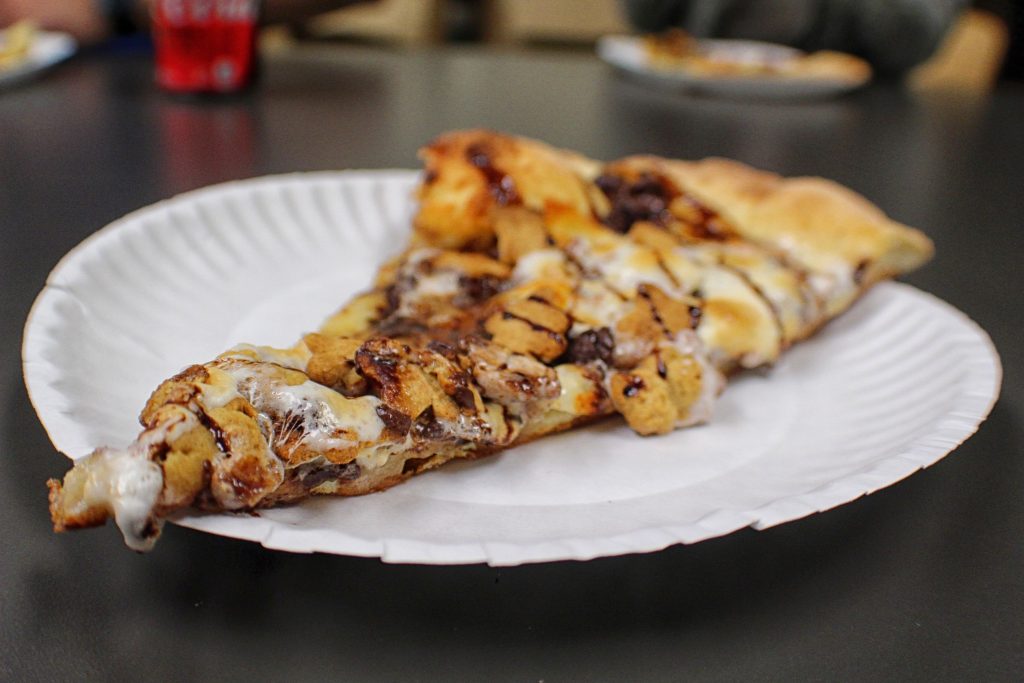
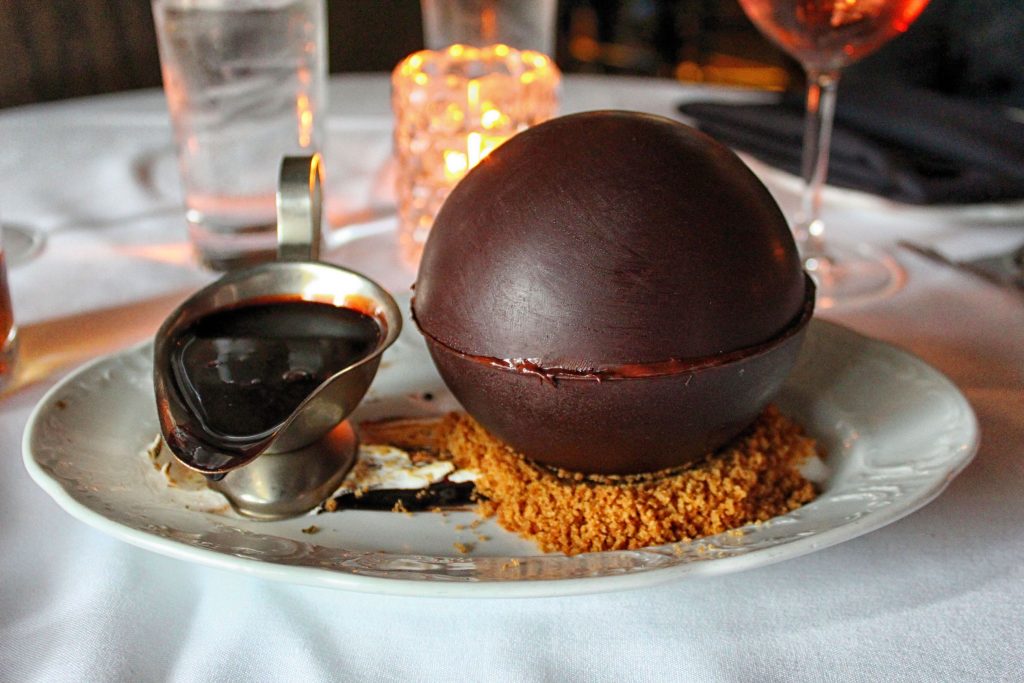
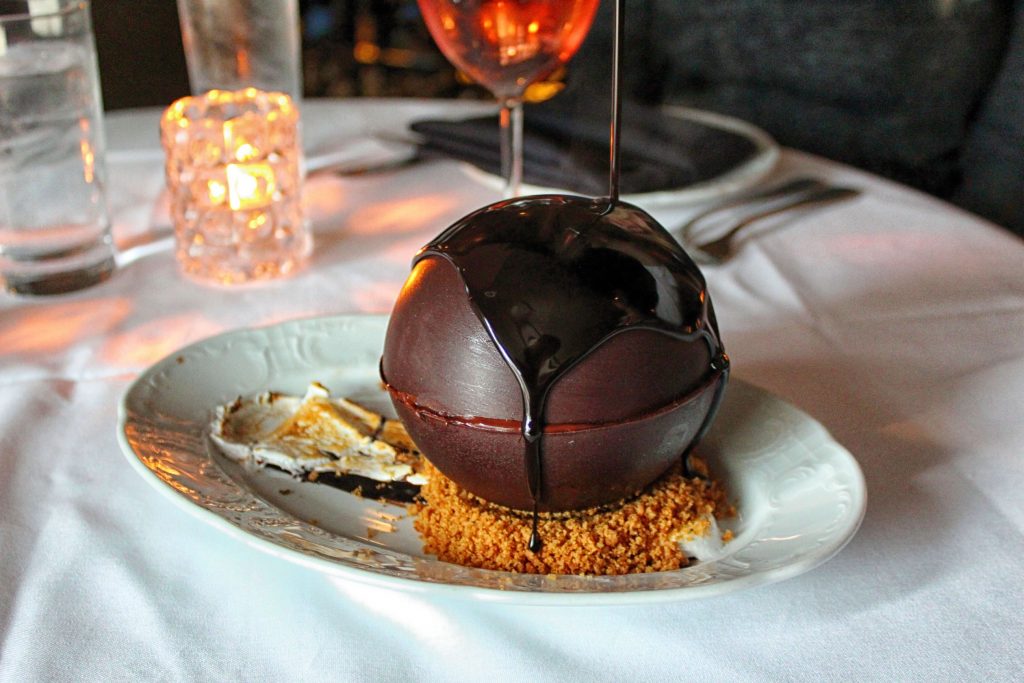
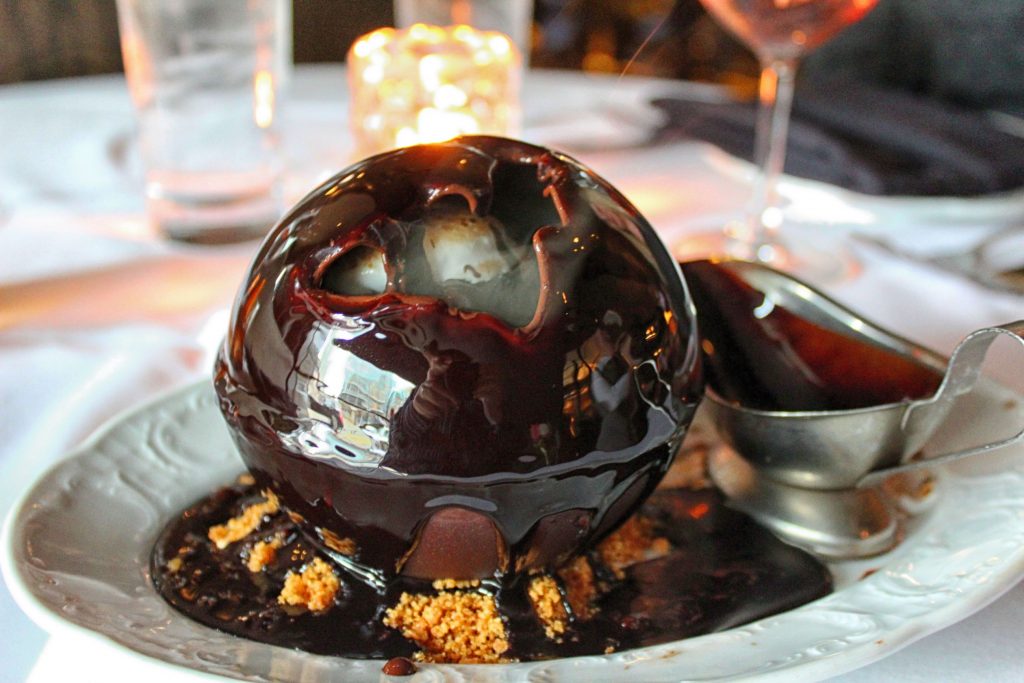
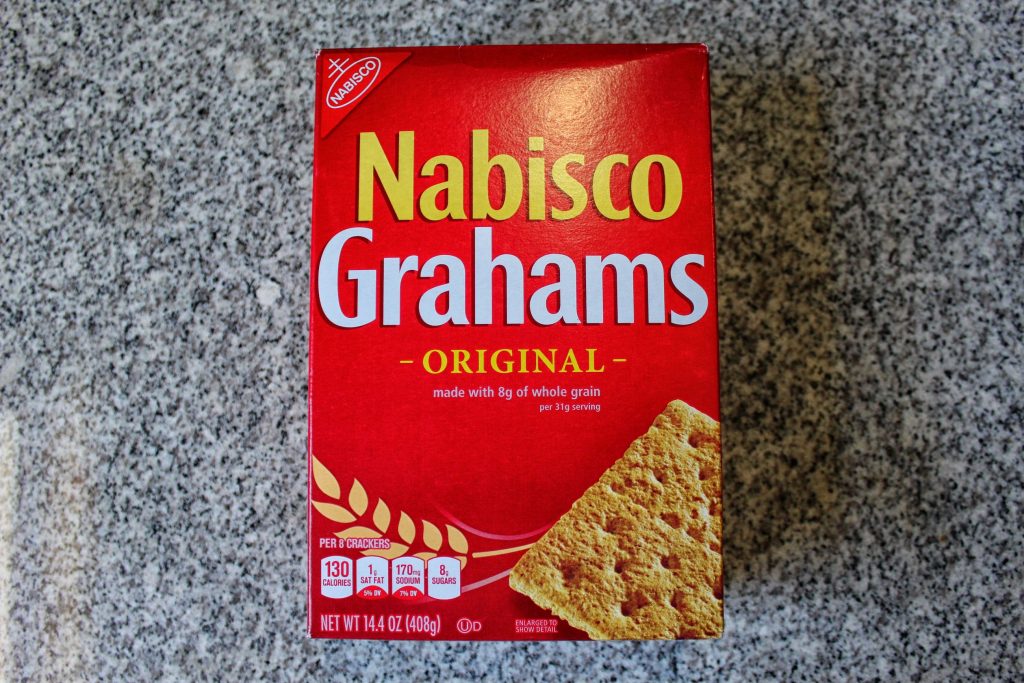
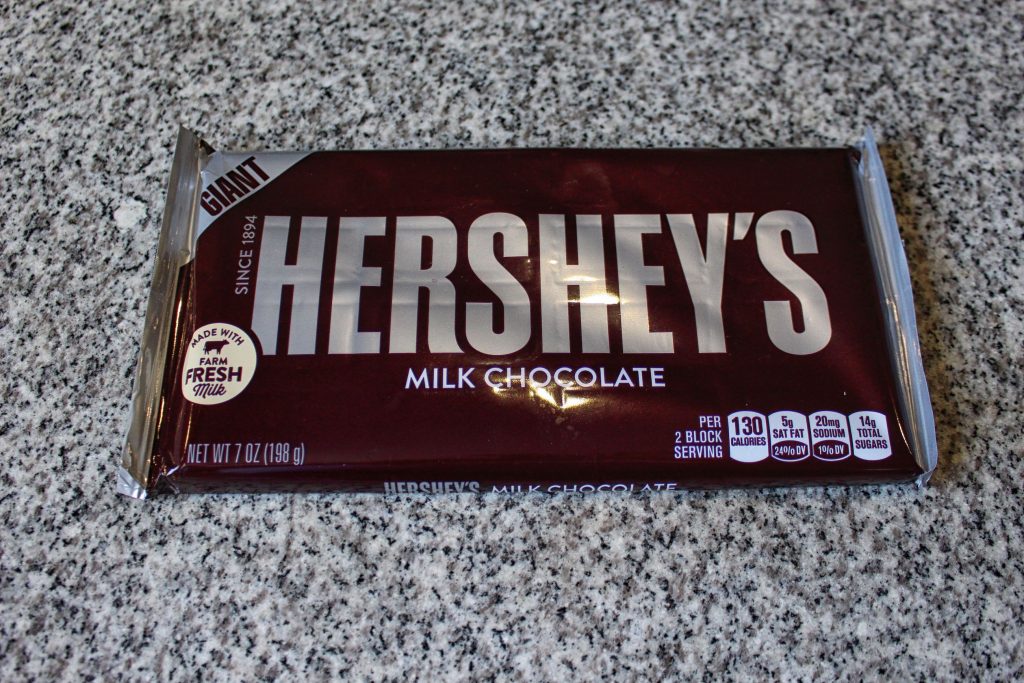
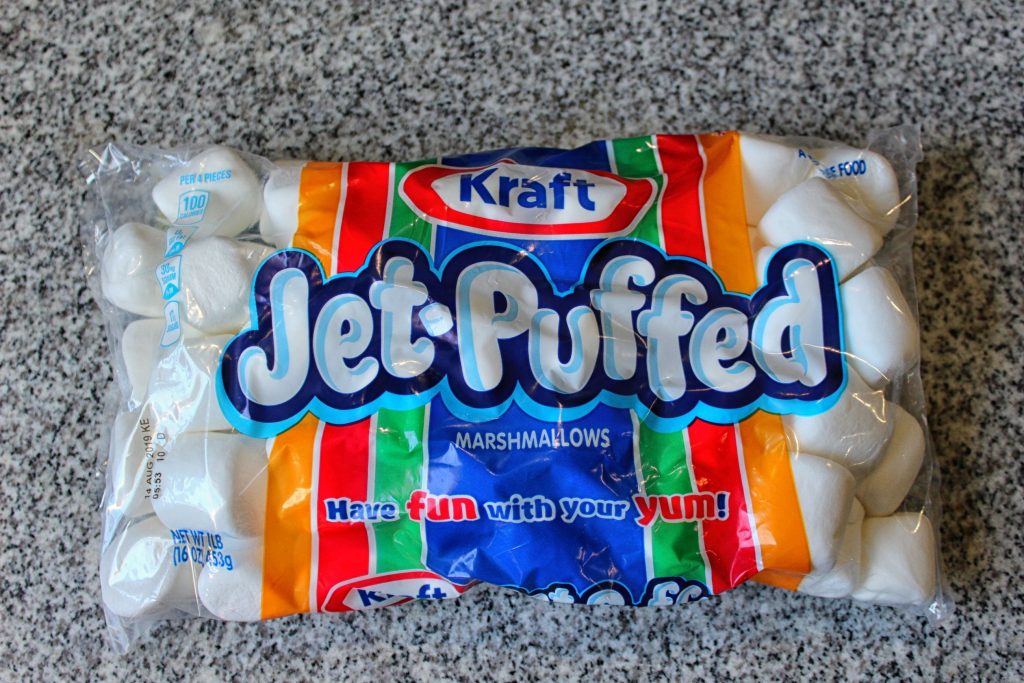
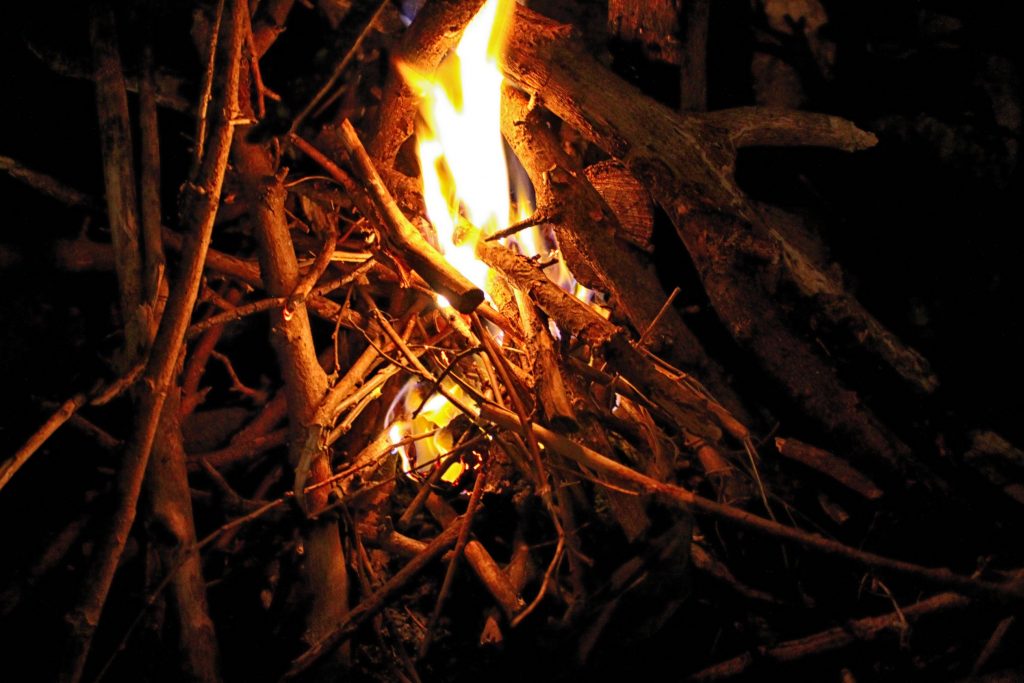
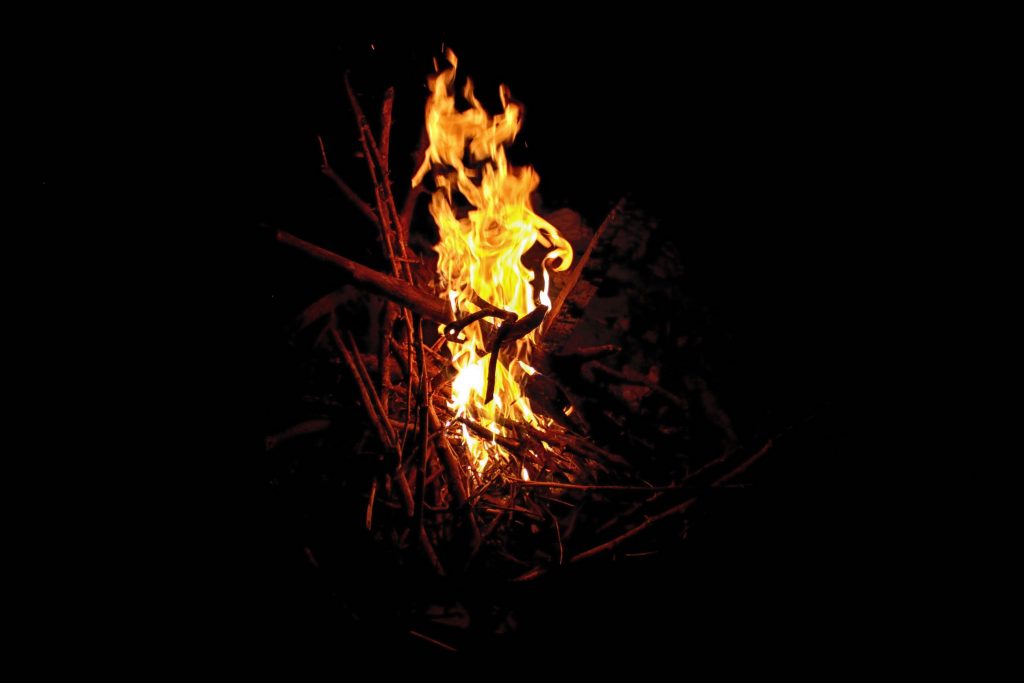
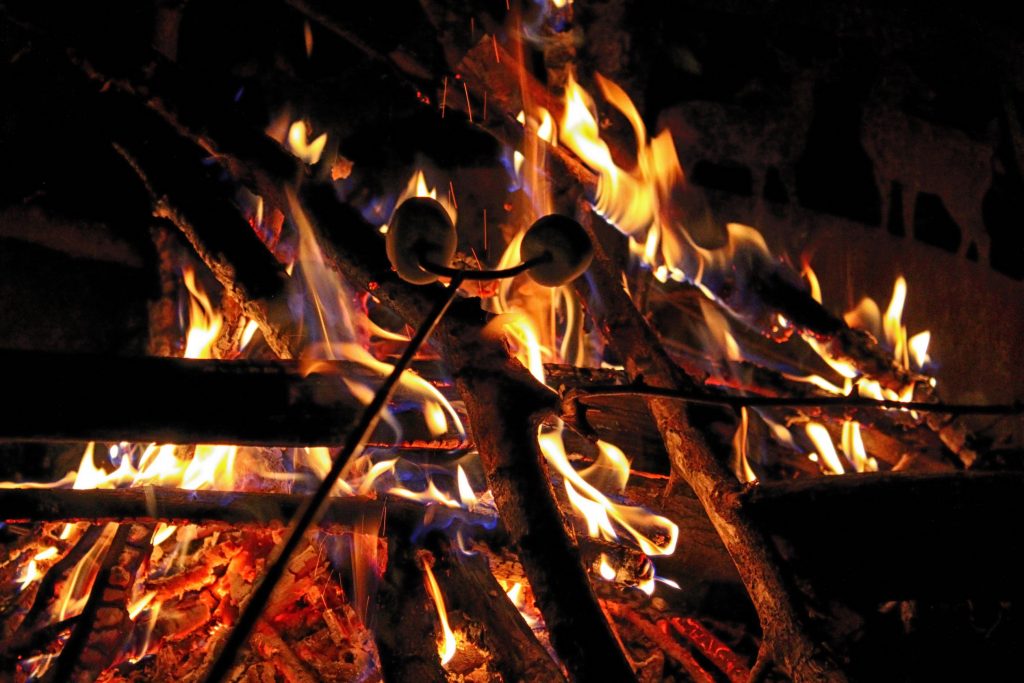
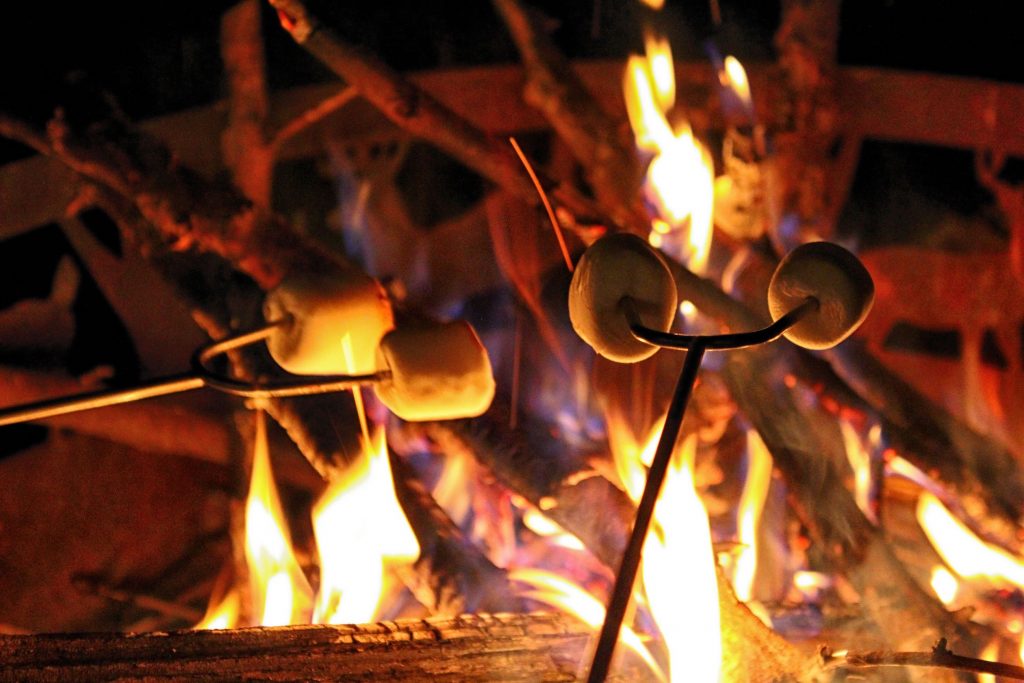









I must take issue with your implied chocolate-marshmallow-treat history! Mallomars predate that recipe by quite a bit, having first been sold in 1913.
I was also corrected on Twitter in re: Moon Pies, which were sold previously as well